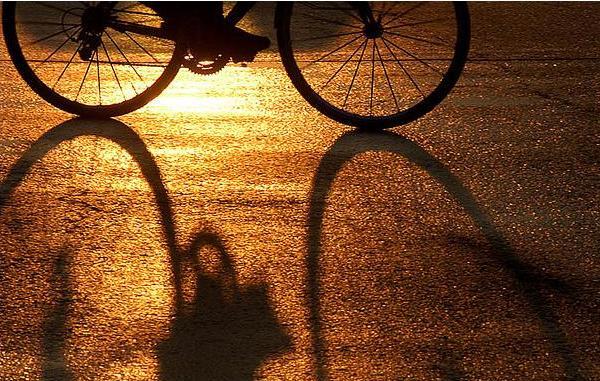Lighting techniques determine the overall result of your image and plays a critical role in revealing the texture and form of the subject. Understanding where the source come from is critical in photography. For photographers, natural and artificial (studio) light are two available sources.
In outdoor photography, light changes constantly. Always consider the angle and intensity of the source as well as its distance to the subject. A thorough understanding of natural light will help you control the brightness in your images. Moreover, understanding this important element in photography helps to create and recreate many different effects in a studio environment.
Most photographers are interested in portrait lighting but do not understand how to do it. Same concepts can be used with flash unites, however you will not be able to see the effect until after shooting it. In order for you to control the harshness of the light, you need to practice. Wrong technique will result in narrow or round face. There are four main styles of lighting namely, broad, short, butterfly and Rembrandt lighting.
The Importance of Temperature In Photography
A photographer must also understand the sun's color scale (color temperature) which is the actual colors that human eye can see. Color temperature defines visible light. It is measured in Kelvin (K) degrees. Yellow to red are called warm colors, blue to white are called cool colors (see Color temperature).
If you observe carefully, the sun evokes hues in the morning and neutral colors during the afternoon. These neutral colors occupy a part of the definition you'd like to include in your photographs. Afternoon offers warmer tones with reds and yellows.
The Importance of Angle
The sun is the source of all daylight. The angle or its direction can bring plenty of shadows or remove them. The day light changes throughout the day creating two main light effects: hard and soft light. These two sources are also used in studio photography.
Hard Light
Simply means director bright sunlight. It is equivalent to the brightest time during the day when the sky is clear. It is harsh and could be used for amazing effects. This method is used for contrast as it results in more definition and shadow. The angle of this technique determines the overall effects.
Above are just a brief explanation about lighting photography techniques. Whats more important is constant practice as well as basic understanding of how it works.









No comments:
Post a Comment